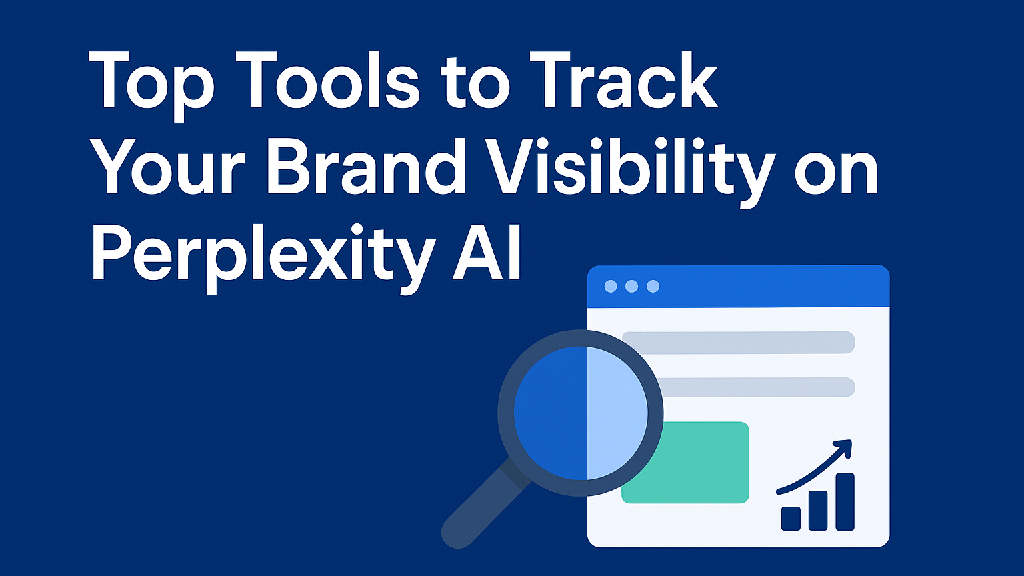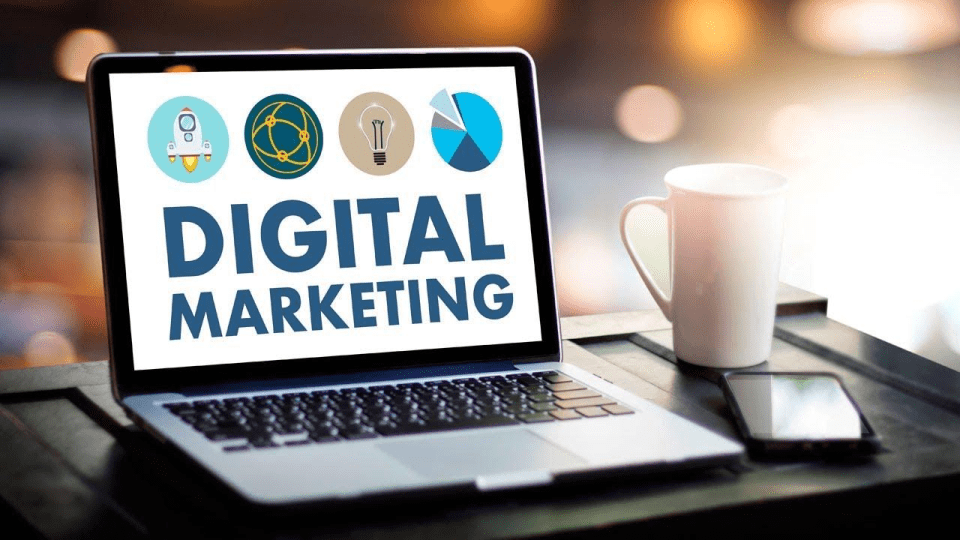Maximize LinkedIn Outreach with Smart Automation Strategies

Source: Unsplash
If you work in B2B sales, you’re probably already familiar with LinkedIn. Who doesn’t use it for networking and lead generation? The LinkedIn network has over 950 million users, which is a major benefit.
It can also be a major problem, though. Who has time to go through 950 million users to mine for leads and then manually reach out to them? Obviously, they aren’t all relevant to you or your sales goals, but you don’t know that until you put the hours in.
This is why automation tools are the key to successful outreach.
Why Use LinkedIn Automation for Lead Generation?
Automation has a bad reputation for seeming robotic, but that’s a dated concept of what the technology can be. Old school automation might have just involved coding something to copy and paste the same message over and over, but today’s automation tools are designed to mimic human behavior.
Tactics like personalization tokens, variable delays, and safety filters allow automation tools to evade the spam tag and evoke a positive response from the recipients. Follow-ups are sent at a timely but not suffocating rate, and they remain professional and relevant to the original conversation. You can also count on automation to avoid some of the mistakes a human might make, like forgetting to respond to a message or replying twice to the same message.
Moreover, automation allows teams to scale their efforts without sacrificing quality. Instead of spending hours crafting individual messages, sales professionals can focus on higher level strategies while automation handles outreach. With the right setup, you are not just saving time but improving consistency, reducing human error, and increasing your capacity to engage with more qualified prospects.
Choosing the Right LinkedIn Automation Tool
There are a lot of automation tools on the market, but they aren’t all created equal. It’s important to look at what you need and what the bots you’re considering offer so that you can choose the best LinkedIn bot.
Some have limitations like being browser-based, while others have advanced options like AI-enhanced messaging, smart filters, and analytics.
The best automation bots will have a clean, user-friendly interface, stick within LinkedIn’s daily limits, and have features designed specifically with marketing teams in mind. Consider one like Botdog that lets users build a multi-step messaging sequence, has advanced audience filtering options, and a central dashboard where you can keep an eye on how your campaign is going.
How to Set Up LinkedIn Automation
To break it down into the simplest terms, there are four steps to setting up LinkedIn automation. Here’s a basic walkthrough of those steps!
Define your audience
Within your automation tool, build your prospect list. Focus on demographics that match your target customer. These can include job roles, industries, and company sizes. If you can’t imagine a certain type of person, employee, or business as your client, then don’t bother including them.
Write personalized message templates
You can create connection request messages and use personalized variables like their name, job title, and company. Each message will then be sent to the recipient using information that immediately makes them feel as though they’re being reached out to one-on-one and not in a mass form letter.
Build a messaging sequence
You want to instruct the automation to send out messages on a schedule. These can be done with a day or two between messages. The type of messaging you’ll build involves your initial connection invitation, a thank you for the connection or a follow-up message, and then sharing resources or asking a question that invites a response.
Schedule and launch your campaign.
You can set a daily limit of connections, and then mimic human behavior by adding time delays between them. Once your campaign is live, make sure you monitor the replies and pause the automation when you feel like you need to.
Best Practices for LinkedIn Automation
Here’s some basic but vital advice on how to keep your LinkedIn automation both streamlined and successful.
a. Make it personal
b. Avoid hard sales language and spammy messages
c. Respect LinkedIn’s daily limits
d. Respond promptly when real human conversation is called for
e. Track your performance and don’t be afraid to adjust your messaging over time
Automation tools that have safety-first features can make sure you don’t accidentally cross the line of setting off LinkedIn’s spam features.
Final Thoughts
Automation is the epitome of learning how to work smarter and not harder. When you use the technology intelligently, it can be a beneficial way to free up hours in the day for your employees to focus on the issues that require a human touch and creativity to solve.
What does using it intelligently mean? Respect the limits of the LinkedIn platform by using automation responsibly, keep personalization a key focus in your efforts, and constantly refine your approach. When you accomplish these aspects of automation, the tools you use simply take over the tasks that are repetitive, mundane, and require no professional skill, so the people you hired for their talent can let it flourish.






